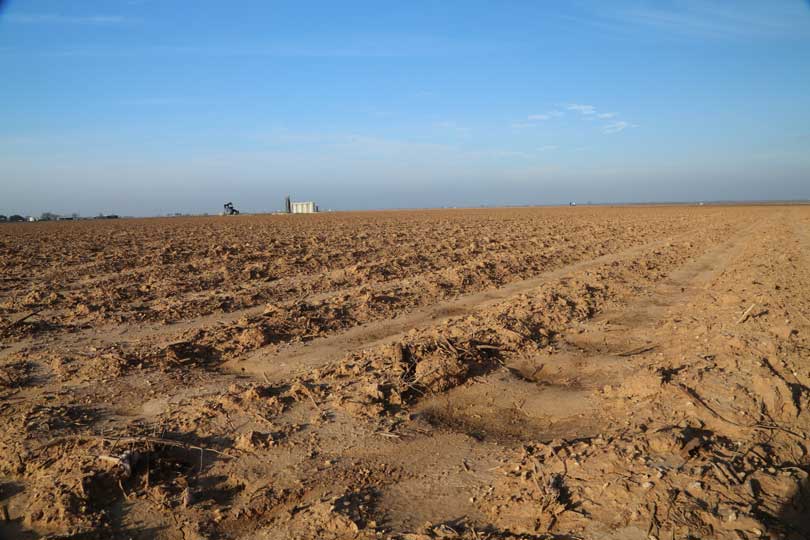By Jennifer Dorsett
Field Editor
Increased production costs and depressed commodity prices have taken their toll on farmers and ranchers this year. The latest net farm income estimate from the U.S. Department of Agriculture (USDA) reflects that reality.
According to USDA’s Economic Research Service’s November farm income forecast, net farm income is projected at $66.3 billion, down 12 percent year-over-year, or $9.1 billion, in 2018.
When adjusted for inflation, the figure totals $10.8 billion or 14 percent. According to the American Farm Bureau Federation, that is the third-lowest level in more than two decades.
Net cash farm income is forecast to decrease 8.4 percent or $8.5 billion.
“I think it’s yet to be determined whether this is a new normal,” Carrie Litkowski, ERS economist, said during a conference call.
ERS estimates total production expenses will rise 4.2 percent to a total of $369.1 billion this year, led by increases in spending on fuel and oil, feed, interest and labor. But commodity cash receipts are forecast to decline 1.6 percent after adjustment for inflation, showing the widening gap between input and profit.
Direct government farm payments are forecast to increase nearly 18 percent, and farm debt is also expected to increase by $16.4 billion or 4.2 percent, led by rising real estate debt.
“Every resource region of the country is forecast to see farm business average net cash farm income decline,” ERS said in the report. “Most categories of farm businesses are expected to see declines, with dairy farm businesses expected to see the largest.”
Net cash farm income considers cash receipts from farming, along with farm-related income, including government payments, minus cash expenses.
Net farm income is a comprehensive measure including non-cash items such as economic depreciation and changes in inventory. ERS says the measure more accurately reflects farm and ranch profits versus net cash farm income.
Click here for more on the updated end-of-year farm outlook.

